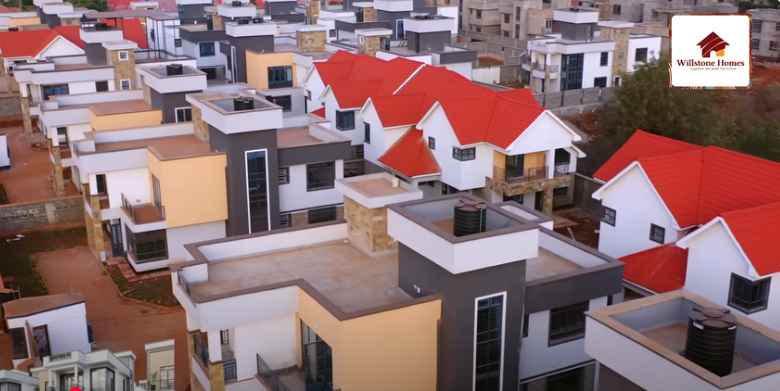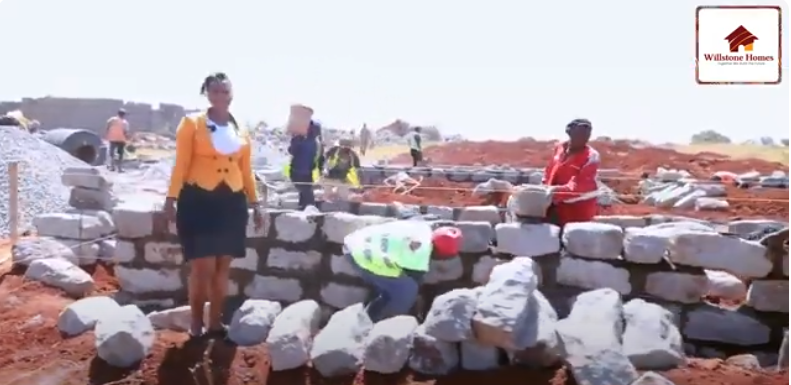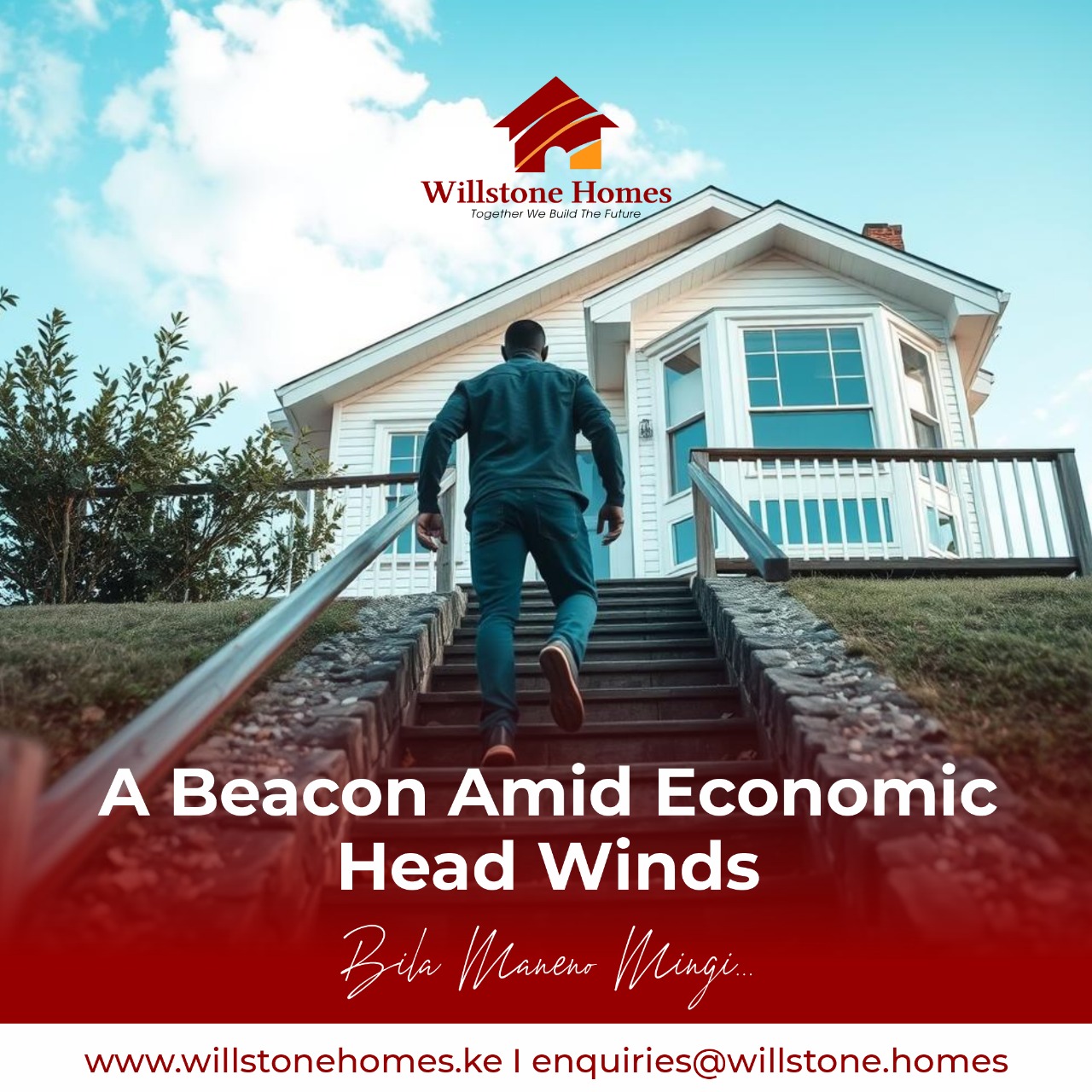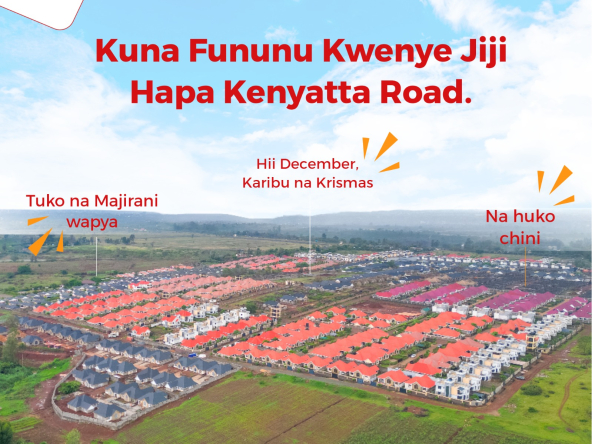The Kenyan Real Estate Market 2025 has shown remarkable resilience and measured recovery, defying last year’s economic slowdown and signaling renewed investor confidence. According to the Knight Frank Kenya Market Update – H1 2025, released on August 18, 2025, the sector grew by 5.6% year-on-year in the first half of 2025.
This growth marks one of the strongest rebounds since 2020, underscoring Kenya’s ability to absorb shocks from inflation, high interest rates, and currency volatility. Nairobi, the heartbeat of the national real estate economy, continues to dominate activity across residential, commercial, and infrastructural segments.
The findings show that property developers, financiers, and homeowners are increasingly optimistic, focusing on sustainability, digitization, and value-driven development — a sign that Kenya’s real estate sector is maturing beyond speculative buying.
Contact Us
- Park Suites, 44 Parklands Road, Ground Floor, Suite 1, Willstone Homes
- +254711082011
- [email protected]
Read Also: Green bonds Kenya — Why Developers Should Care Now
Infrastructure Investment Remains the Cornerstone

The report notes that infrastructure spending rose to KSh 217.3 billion, representing a 12.3% increase compared to 2024. This investment wave, largely concentrated around Nairobi’s metropolitan corridors — including Athi River, Kiambu, and Machakos — continues to fuel housing and commercial growth.
Projects under the Nairobi Expressway expansion, Konza Technopolis, and Eastern Bypass upgrades are improving connectivity and creating new real estate hotspots. As a result, land values in peri-urban zones have appreciated, attracting both local buyers and diaspora investors seeking long-term capital gains.
Residential Property: Prime Segment Shines Bright
The prime residential market registered 5.63% growth in sale prices and a more robust 7.96% increase in rental yields, signaling a return to high-end home investments. Upscale areas such as Karen, Runda, and Kitisuru continue to attract affluent buyers and expatriates, while satellite towns like Syokimau and Ruai are drawing mid-tier professionals seeking affordable alternatives with urban proximity.
The residential construction sector also showed vitality, with 77% of all approved building plans in H1 2025 being residential projects, valued at KSh 54.2 billion. This figure underscores continued demand for housing, particularly among Kenya’s growing middle class and diaspora communities investing in buy-to-rent units.
Read Also: Fencing the Future: Why Kenyan Homeowners Are Redefining Security Aesthetics
Office Market: A “Flight to Quality” Trend
In the commercial segment, prime office occupancy rates rose to 77.7%, reflecting renewed corporate leasing in Nairobi’s top-tier buildings. The “flight to quality” trend — where firms prefer well-designed, energy-efficient, and strategically located offices — continues to define the post-pandemic workspace environment.
High-grade office nodes such as Westlands, Upper Hill, and Riverside Drive recorded increased leasing activity driven by professional service firms, multinationals, and tech startups consolidating operations in flexible hybrid models.
Meanwhile, secondary office stock faces a gradual decline in occupancy, pushing landlords to retrofit older buildings or convert them into co-working and mixed-use spaces.
Hospitality and Tourism: Reawakening Demand

Kenya’s hospitality real estate segment also witnessed positive momentum, with international tourist arrivals increasing by 3.5% in early 2025. Hotels and serviced apartments in Nairobi and coastal towns such as Diani and Vipingo benefited from this resurgence, helping restore pre-pandemic performance levels.
Developers are diversifying investments in mixed-use tourism properties — combining leisure, conferencing, and residential components — to hedge against market fluctuations.
Technology and Digital Property Buying
Digital transformation remains a key enabler in Kenya’s property sector. The Knight Frank report observes that an increasing share of homebuyers now begin their search online — conducting virtual tours, chatting with agents via WhatsApp, and booking viewings digitally.
This shift is reshaping how developers market their projects, pushing firms to invest in digital trust, seamless online documentation, and virtual financing options. As a result, real estate companies integrating technology into customer experience are outperforming traditional agencies.
Read Also: The Evolving Heart of Homeownership: Real Estate Trends Redefining How Kenyans Want to Live
Data Snapshot: Kenya Real Estate Market 2025 (H1 Overview)
| Segment | Key Indicator | Change YoY | Remarks |
|---|---|---|---|
| Overall Real Estate Sector | Growth Rate | +5.6% | Strong recovery driven by infrastructure & housing |
| Infrastructure Investment | Government Allocation | KSh 217.3 billion (+12.3%) | Major roads, technopolis, housing corridors |
| Prime Residential Sales | Price Index | +5.63% | Renewed confidence among high-end buyers |
| Prime Residential Rents | Rental Index | +7.96% | Demand from expatriates & professionals |
| Prime Office Occupancy | Occupancy Rate | 77.7% | “Flight to quality” driving uptake |
| Building Plan Approvals | Residential Share | 77% (KSh 54.2 billion) | Sustained construction pipeline |
| Tourism Arrivals | Visitor Growth | +3.5% | Boost for hospitality and coastal developments |
What the Growth Means for Developers and Homebuyers
This consistent growth trajectory signals a stabilizing market with diverse opportunities across all segments. For developers, the trend demands value engineering — focusing on long-term quality over speculative returns. For homebuyers, especially first-time investors and diaspora clients, this data affirms that Kenya’s real estate remains one of the most resilient asset classes in East Africa.
The Knight Frank report further emphasizes sustainability, infrastructure synergy, and digital integration as the top three success factors for the next growth phase.
Real Estate Growth in Nairobi Is Setting the Pace

The Kenyan Real Estate Market 2025 paints an optimistic picture of steady, intelligent growth. Nairobi continues to lead this recovery, driven by infrastructure expansion, rising middle-class demand, and increasing investor sophistication.
As the report concludes, the developers who will thrive are those who build with foresight, listen to evolving buyer needs, and align with sustainable development goals.
For Kenya, real estate is no longer just about owning land — it’s about building communities that reflect who we are and where we’re going.



